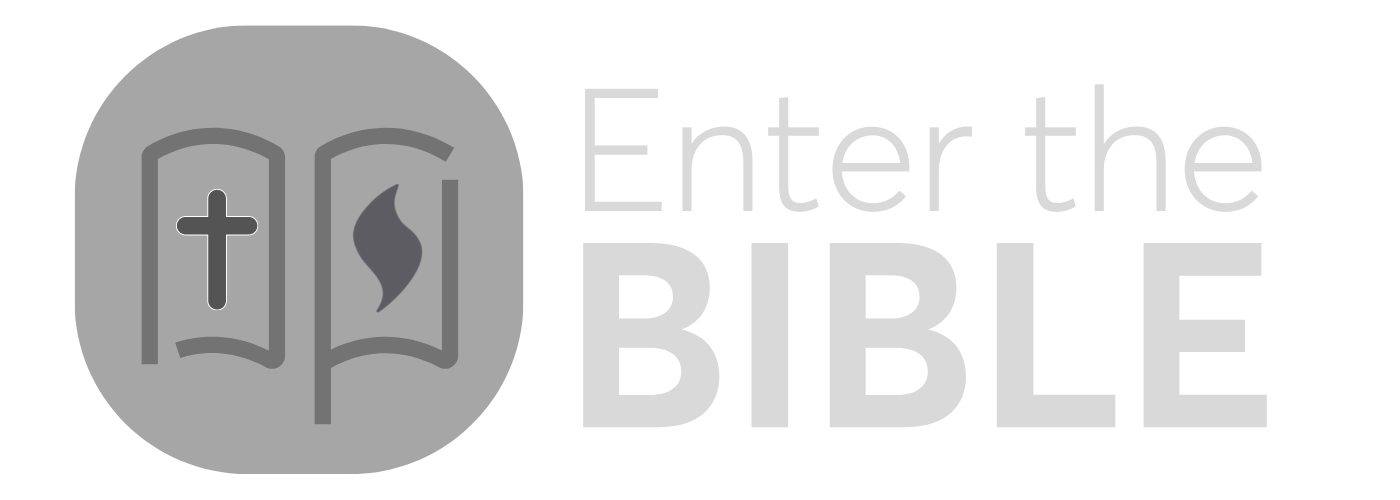Summary of 2 Chronicles
SUMMARY
Second Chronicles continues the story begun in 1 Chronicles. Chapters 1-9 complete the Chronicler’s presentation of the reigns of David and Solomon as a united monarchy in which the construction of the templeThe Jerusalem temple, unlike the tabernacle, was a permanent structure, although (like the tabernacle) it was a place of worship and religious activity. On one occasion Jesus felt such activity was unacceptable and, as reported in all four Gospels, drove from the temple those engaged… More is the sole focus. Chapters 10-28 retell the story of the divided monarchy following the rebellion of the northern tribes. The focus here is upon the southern kingdomThe Southern Kingdom consisted of two tribes of Israel, Judah and Benjamin. Jerusalem was its capital, and the kingdom lasted from 931-586 B.C.E. As with the Northern Kingdom many of the kings were wicked, and prophets like Isaiah, Jeremiah, and Ezekiel spoke their often judgmental… More of Judah, so that the northern kingdomThe Northern Kingdom consisted of ten of the twelve tribes of Israel and lasted for 200 years until it was destroyed by Assyria in 721 B.C.E. In the northern kingdom the kings were evil. Prophets like Elijah and Amos railed against them and their evildoing. More is mentioned only when it intersects with the south. These southern kings are evaluated in terms of their adherence to the ideal of David and Solomon. Chapters 29-36 relate the story of the monarchy reunited by Hezekiah following the destruction of the northern kingdom in the Assyrian invasion of 722 B.C.E. His religious reforms, as well as those of Josiah, are recounted at great length. Second Chronicles closes with the collapse of Judah, the deportation of the people to Babylon, and the proclamation of Cyrus the Persian encouraging them to return to their homeland.
SO WHAT?
The Chronicler uses this history of the kings of Judah to invite his postexilic audience to see themselves as living in situations of “exile” or “restoration.” Exilic situations result from unfaithfulness, serving other gods, or failing to seek the Lord. But even if literal exile does not occur, the loss of blessingBlessing is the asking for or the giving of God’s favor. Isaac was tricked into blessing Jacob instead of his firstborn Esau. At the Last Supper Jesus offered a blessing over bread and wine. To be blessed is to be favored by God. More or divine favor can be restored through repentance and claiming God’s promise to Solomon (2 Chronicles 7:14). We, too, need to hear that a patient and merciful God awaits our response and listens to our prayers.
WHERE DO I FIND IT?
Second Chronicles is the fourteenth book in the Old Testament. It follows 1 Chronicles and comes before Ezra.
WHO WROTE IT?
Jewish tradition identifies Ezra as the author of 1 and 2 Chronicles, Ezra, and Nehemiah. Today, many scholars believe that 1 and 2 Chronicles come from a different hand than Ezra and Nehemiah and that various older traditions, including the books of Samuel and Kings, have been gathered together and edited by a nameless postexilic editor.
WHEN WAS IT WRITTEN?
Chronicles is notoriously difficult to date, though it is clearly later than Israel’s return from exile in Babylon. Since the list in 1 Chronicles 3:19-24 extends David’s genealogyGenealogy involves the study and tracing of families through the generations – in short, family history. One genealogy in Genesis traces the nations descended from Noah. In the New Testament Matthew traces the ancestry of Jesus back to Abraham, while Jesus’ genealogy in Luke goes… More to the sixth generation after Zerubbabel, who is dated to 520 B.C.E. (Haggai 1:1), this sixth generation would be sometime after 400 B.C.E. Thus, many scholars date Chronicles to the first half of the fourth century (ca. 350 B.C.E.).
WHAT’S IT ABOUT?
Second Chronicles begins with the story of Solomon told from a religious perspective that omits his personal shortcomings and emphasizes his construction of the temple. The rest of the book recounts the history of Judah to the Babylonian exile through an evaluation of Judah’s kings according to their attitude toward worship as established in the reigns of David and Solomon. The northern kings of Israel are omitted from this discussion since they do not worship at the Jerusalem temple.
HOW DO I READ IT?
Second Chronicles looks like the history of Judah, the southern kingdom, already related in 1 and 2 Kings. While important historical information is presented, some of it is at odds with the earlier presentation. Second Chronicles should be read as a theological, rather than a historical, rewriting of the earlier history, designed to demonstrate the continuity of David and Solomon’s united monarchy with the struggling postexilic community to which the book was addressed.






